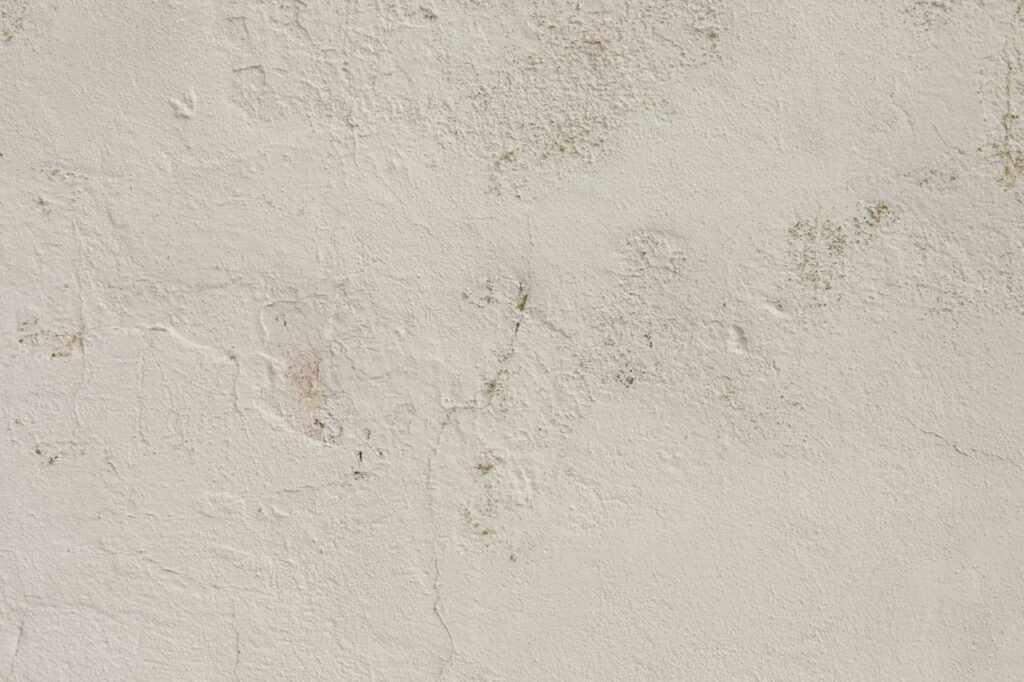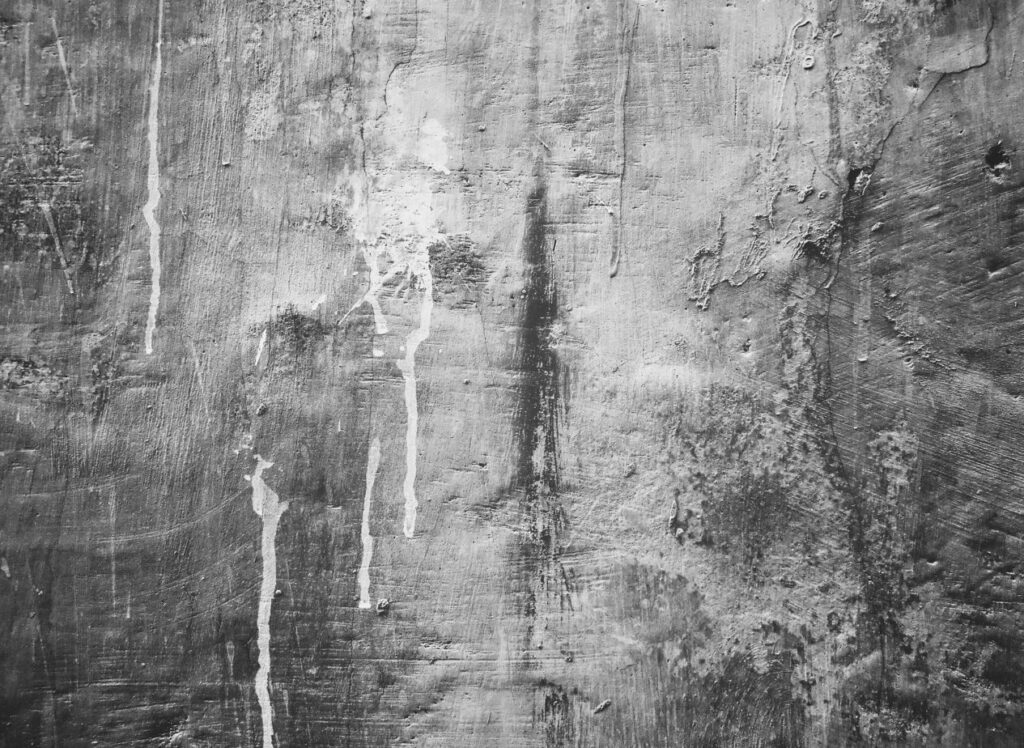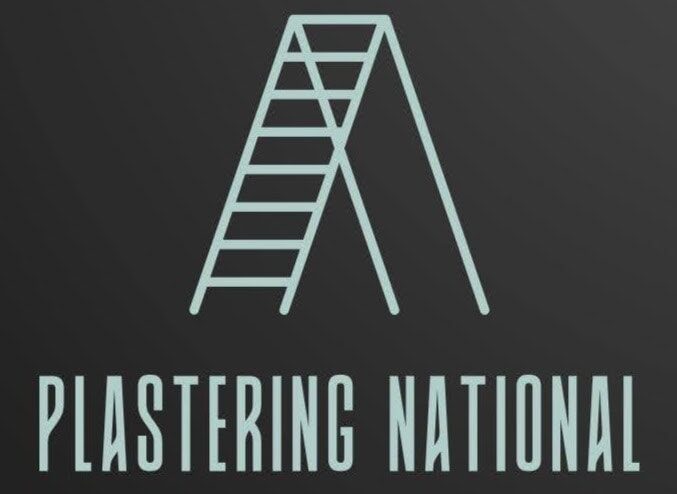Plastering is a skill that’s as old as construction itself, yet still essential in modern-day building projects, whether you’re working on a new home or renovating an old one. It’s not just about slapping on a coat of plaster; it’s about understanding the materials, the techniques, and the specific requirements of each job. From creating smooth, flawless walls to adding texture for a rustic finish, plastering offers both practical and aesthetic benefits.
In this guide, I’ll break down the best plastering methods, share tips from years of hands-on experience, and help you choose the right approach for your project, whether you’re a DIYer or considering bringing in a professional.
Curing the Plaster: Ensuring Durability and Strength
The most overlooked part of plastering? Curing. Sure, you’ve applied the plaster, you’ve smoothed it out, and it looks perfect, but if you don’t cure it properly, all that hard work could go to waste. The curing process is what ensures the plaster hardens correctly and that it won’t crack down the line.
Curing Methods: Wet, Spray, and Cover Curing
There are a few ways to go about curing plaster, depending on your environment.
- Wet Curing: This involves sprinkling water on the plastered surface every day for about a week. This method is especially useful for gypsum plaster, which dries quickly. I’ve found that wet curing helps to keep the plaster moist and prevents it from cracking, particularly in dry climates like we get in Melbourne during summer.
- Spray Curing: When I’ve worked on outdoor plastering in warmer, drier areas, I’ve used a mist sprayer to keep the surface hydrated. A light spray ensures that the plaster stays moist without soaking it too much. It’s particularly handy on larger exterior projects where you can’t physically wet the wall by hand.
- Cover Curing: For a more controlled curing environment, you can cover the plaster with wet burlap or plastic sheets. I’ve used this method on exterior jobs where the weather is too harsh, like those scorching hot Melbourne days when the plaster would dry far too quickly if left exposed to the sun.
- Chemical Curing: In some cases, you might use a chemical compound that helps the plaster set and harden more efficiently. I’ve seen this used in commercial projects where time is critical and the weather isn’t cooperating. It’s not the first choice for every job, but it can be useful in a pinch.
Curing Time
The curing process differs for various types of plaster. For gypsum plaster, full curing typically happens in 2-3 days, while cement-based plasters take much longer (about 7 days). Pay attention to environmental factors like temperature and humidity, as they can affect curing times. In hotter weather, you may need to extend curing time or adjust the method to prevent issues like cracking.
Essential Tools for Plastering: Your Trusted Kit
When it comes to plastering, having the right tools is half the battle won. Over the years, I’ve amassed quite a collection of tools, and trust me, quality equipment makes a huge difference.
- Hawk and Trowel: These two are your bread and butter. A hawk board holds the plaster as you apply it, and a trowel helps to spread it evenly. I always go for a stainless steel trowel for smoother application and a more polished finish. When I started out, I cheaped out on my first trowel, and it made the job harder than it had to be. After upgrading, I realised how much difference it makes.
- Float: This one’s for finishing the surface. After applying the second coat, I always go back with a float to smooth things out and ensure even coverage.
- Plasterer’s Brush: A must-have for dampening the surface or cleaning your tools. It’s also handy if you’re using the wet trowel technique. You’ll want to keep things smooth and prevent any tugging or pulling that could leave marks in the plaster.
- Angle Beads: When working on corners, these strips help ensure that the edges are sharp and clean. Trust me, you don’t want sloppy edges. Angle beads are essential for achieving that perfect finish.
- Electric Mixer/Whisk: If you’re working with larger quantities of plaster, an electric mixer is a game-changer. It ensures the plaster is mixed consistently, with no lumps, and saves you time.
Common Plastering Problems and How to Avoid Them
Even experienced plasterers run into issues, but with the right techniques, you can avoid the common pitfalls.
Cracking
Cracking can happen if your plaster mix is off or if the wall wasn’t prepared properly. I’ve seen it happen when the mix ratio wasn’t quite right or if the surface wasn’t clean. Make sure to follow the recommended mix and properly prepare the wall to avoid this.
Blistering
Blistering happens when moisture gets trapped in the plaster, and the surface bubbles up. To avoid it, always check that the wall is dry before plastering, and don’t apply the plaster too thickly. Thin layers work best.
De-bonding
De-bonding occurs when the plaster separates from the wall. This often happens due to poor surface preparation. I always make sure to apply a bonding agent like PVA to ensure the plaster sticks properly, especially on older surfaces.
Different Plastering Techniques
There are different plaster types for different needs, so it’s important to understand what you’re dealing with. You wouldn’t use the same plaster for your outdoor exposed walls in St Kilda as you would for your living room in South Yarra. Why? Exterior walls need something more durable and moisture-resistant, while indoor plaster may be more about aesthetics than sheer strength.
Let’s look at the main types and what they bring to the table:
Cement Plastering
Cement plaster is your go-to for hard-wearing surfaces that need to stand up to the weather, like your exterior walls. It’s a mixture of cement, sand, and water. I’ve worked with this countless times in Melbourne’s unpredictable weather – one minute it’s sunny, the next it’s pouring rain. Cement plaster holds up well because it’s durable and resists moisture.
When applying cement plaster, I usually mix a 1:4 ratio of cement to sand for exterior work – that’s a solid mix that ensures no dampness gets through. Interior walls? You can drop that down to 1:6, but you still want it strong. For finishes, cement plaster can give you anything from a smooth cast to a textured finish, depending on how you trowel it. On many of the old homes in South Melbourne, I’ve had to give them that roughcast finish, which works well to mask imperfections in the walls.
Gypsum Plastering (Plaster of Paris)
Now, gypsum plaster is a bit different – it’s more for the inside. Gypsum sets quickly, so it’s handy when you need to get the job done fast, and it’s easy to smooth out. If I’m working on an interior wall in a city apartment, I’ll often reach for gypsum plaster. It provides a nice smooth finish and doesn’t have the weight of cement, making it perfect for ceilings.
One thing to keep in mind – while gypsum plaster is smooth and nice, it’s not great with moisture. So, I wouldn’t recommend using it in bathrooms or kitchens, especially in Melbourne’s humid conditions. A few years ago, I did a bathroom reno in Richmond and, trust me, we went with cement plaster for the wet areas to avoid any future headaches with dampness.
Mud Plastering
Mud plastering is like taking a step back in time, but it’s also a great option if you’re aiming for a more eco-friendly or traditional vibe. I’ve done a few eco builds in the Dandenong Ranges where mud plastering was the way to go. The best part? It’s breathable, so it helps regulate humidity – perfect for those heritage-style houses.
It’s a rustic finish, though, so it’s not for everyone. You wouldn’t use mud plaster in a sleek, modern apartment in Docklands, but in a sustainable home in the hills, it’s a winner. You mix clay, sand, and water, and sometimes add straw or fibres for extra strength. Once applied, it’s not only durable but also energy-efficient.
Lime Plastering
Lime plastering is a personal favourite, especially for heritage restorations. The thing with lime is that it “breathes,” which makes it perfect for older homes with solid brick construction. I’ve worked on several historical homes around Carlton and Fitzroy, and lime plaster has been the go-to to preserve the integrity of the original structure.
It’s a bit more labour-intensive, though. I’m talking three coats, and you’ve got to be patient because it cures slowly. But it’s flexible, meaning it’s less likely to crack compared to cement plaster. If you’re restoring an old Victorian home, lime plaster is a must for that authentic finish. Just be aware, it takes time and skilled hands, not something you’ll easily do on a DIY weekend.
Waterproof Plaster
If you’ve got high moisture areas like bathrooms or basements, waterproof plaster is essential. This one’s mixed with compounds that block water, making it perfect for damp spots. I’ve used this for a few basement renovations in Melbourne’s older areas, where water seepage was an issue. It creates a strong barrier that stops damp from damaging the walls. For anyone renovating or building in areas prone to moisture, waterproof plaster is your best bet.
Stucco Plaster (Exterior Plastering)
Stucco is the way to go if you want that Mediterranean look. It’s a strong, decorative plaster that works well for both interior and exterior walls. I’ve used stucco plaster for homes in the outer suburbs, giving them a distinctive, textured finish that not only looks great but also provides insulation. In Melbourne’s colder months, that extra layer of insulation is a real plus.
Venetian Plaster
When you want to add some glamour to a space, Venetian plaster is the answer. I did a luxury penthouse fit-out in Southbank, and the owner insisted on a glossy Venetian finish for the walls in the living areas. It creates a stunning marble-like effect and can be tinted to just about any colour. But be warned, it’s not the easiest to apply – it’s all about layers, polishing, and burnishing. It’s a time-consuming job that requires skill, but the result is undeniably gorgeous.
Tadelakt
This is another decorative plaster, but it’s much more specialised. If you’ve ever seen those beautiful Moroccan bathrooms with polished, water-resistant walls, that’s Tadelakt. I worked on a few luxury spa bathrooms in Melbourne, and Tadelakt was the perfect choice for its stunning finish and waterproof properties. It’s a lot of work, though – multiple layers and plenty of polishing, but the results speak for themselves.
The Plastering Process: A Step-by-Step Guide
Before you even think about mixing plaster, you’ve got to clean that wall properly. I can’t stress this enough – it’s the most important part of the process. One job I worked on in Richmond, the wall looked like it had been through a war zone, but with the right prep, it turned out beautifully. Make sure the wall is free from dust, dirt, oil, or grease. You wouldn’t bake a cake in a dirty pan, would you? The same applies to plastering.
Straightening Walls
Uneven walls? You’ll need to fix those before you can apply plaster. I’ve often filled holes and cracks with plaster filler, especially in older houses where walls aren’t always straight. Make sure to let any filler dry fully before moving on. It’s tempting to rush, but a rushed job will show in the finish.
Moisture Management
Before plastering, give your wall a light spritz with water. It might sound odd, but this helps prevent the plaster from drying too quickly. I remember one project in the suburbs where we had to plaster an old brick wall – we wet the surface down the day before, and it made a massive difference in how the plaster adhered.
Mixing the Plaster: Getting the Consistency Right
When mixing plaster, make sure the consistency is just right – thick enough to stick but not so thick you can’t spread it. I’ve been on jobs where the plaster mix was off, and it made everything harder. The key is patience. Don’t rush the mix; you want a smooth, custard-like texture that’s easy to work with.
Applying the Plaster: The First Coat
Start with the first (base) coat. You’ll want to apply this thick enough to cover any imperfections, but still leave room for the second coat. I’ve found that using a hawk and trowel together gives me more control – you can hold your plaster on the hawk and spread it out with the trowel, working in long vertical strokes.
Smoothing It Out
Once the first coat is on, use a speed skim or trowel to smooth things out before it dries. I’ve had situations where I didn’t get the smoothing right the first time, and it led to extra work down the track. It’s all about getting that smooth finish while the plaster is still slightly wet.


